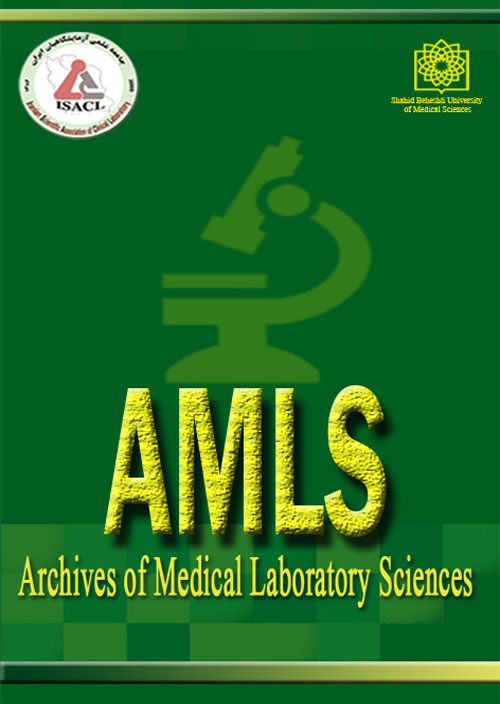Prevalence and Resistance Pattern of Extended-Spectrum β-Lactamase Producing Escherichia coliIsolated from Patients with Urinary Tract Infection
Urinary tract infections (UTIs) are one of the most common infectious diseases. Although UTI is mostly associated with several members of the family of Enterobacteriaceae, Escherichia coli (E. coli) is the most common pathogen among them. This study aims to determine the prevalence and resistance pattern of ESBL producing E. coli isolated from patients with urinary tract infection in Sari, Iran.
From December-2016 to June-2017, a hospital-based cross-sectional work was accompanied, and a total of 200 urine samples were cultured on blood agar and MacConkey agar for the identification of etiologic agents. After detection and confirmation of E. coliisolates, susceptibility testing was assessed using the following antibiotics: cefotaxime, ceftazidime, imipenem, nalidixic acid, cefixime, amikacin, ofloxacin, ceftriaxone, cefepime, gentamicin, tobramycin, meropenem, piracetam, and ciprofloxacin with Kirby–Bauer disk-diffusion techniqueaccording to the CLSI guidelines. Double-disk synergy (DDS) methods were used for the detection of ESBL-producing strains.
In the current study, 120 urinary isolates of E. coliwere detected, which ESBL-producing phenotypes were detected in 55% (n=66) of the isolates. ESBL producing strains of E. colishowed the highest susceptibility to meropenem (100%) and ofloxacin (96%); and showed the highest rates of resistance to ceftazidime (91%), cefepime (87%), cefotaxime, and ceftriaxone (84%).
Markedly high resistance to third-generation cephalosporins among E. colistrains was found in the current study. Considering the high prevalence of resistance to third-generation cephalosporins in infections caused by organisms producing ESBL, performing comprehensive tests before prescribing antibiotics is essential for the management of infections caused by these strains in community/hospital-acquired UTIs. Furthermore accompanyingmolecular-based works on ESBL variants will assistance to achieve better results.
- حق عضویت دریافتی صرف حمایت از نشریات عضو و نگهداری، تکمیل و توسعه مگیران میشود.
- پرداخت حق اشتراک و دانلود مقالات اجازه بازنشر آن در سایر رسانههای چاپی و دیجیتال را به کاربر نمیدهد.


